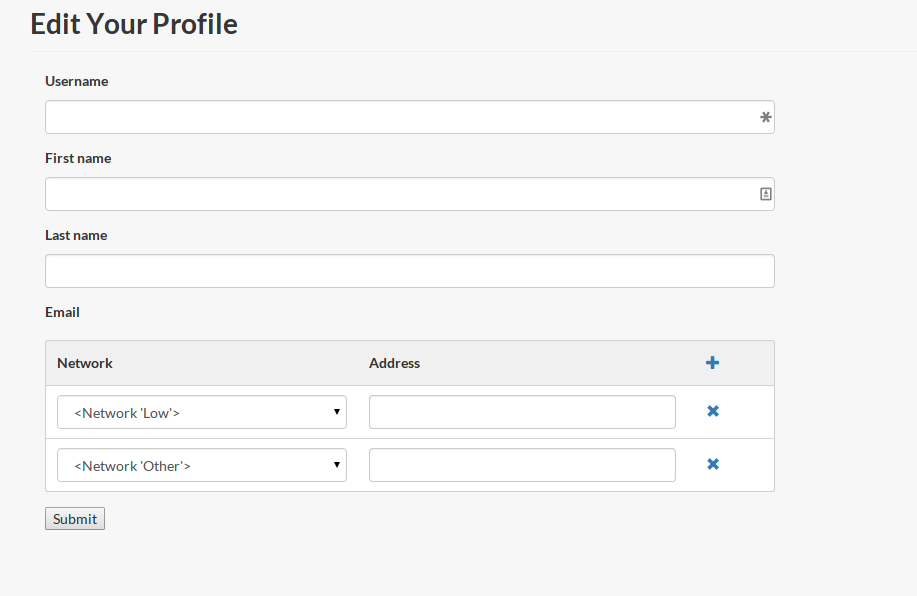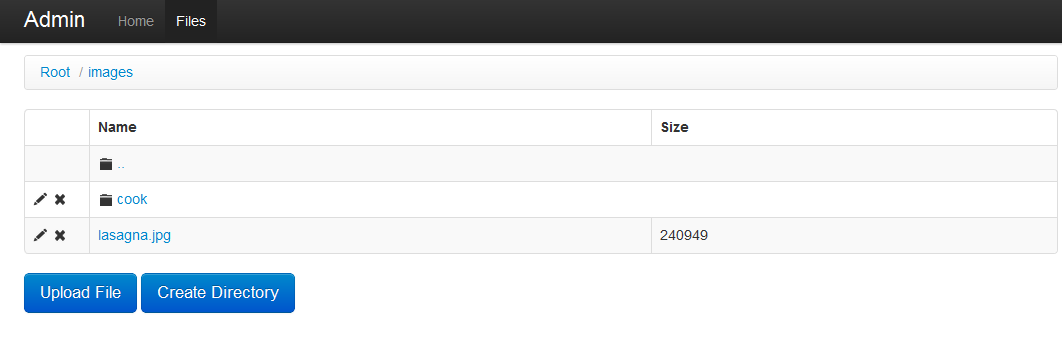According to the 2018 Python Developers Survey, Flask and Django rank as the top web frameworks among Python developers.
When contemplating which framework to adopt for your next web application project, it’s crucial to comprehend each framework’s strengths, weaknesses, and fundamental differences.
Let’s delve into the individual features of both Flask and Django to highlight their unique characteristics and commonalities.
Flask and Django: A Comparative Analysis
Both Flask and Django are mature, modular web frameworks. They facilitate handling web requests and content delivery. However, the breadth of features and responsibilities they cover varies.
The choice between Flask and Django often boils down to several key design philosophies. Here’s a concise overview of major distinctions that can guide your decision-making process:
- Forms: Django seamlessly integrates an Object Relational Mapper (ORM) and an admin interface. Flask, on the other hand, lacks built-in form support, although it’s possible to integrate WTForms for form functionalities.

Database: Django boasts its ORM and a robust migration system for efficient database management. In contrast, Flask refrains from making database assumptions. Yet, utilities like SQLAlchemy can provide Flask with similar database capabilities.
Authentication & Permissions: Django offers comprehensive user management and authentication permissions. Meanwhile, Flask employs cookies and sessions, leaving more room for custom implementation.
Admin Interface: Unlike Django, Flask doesn’t offer an out-of-the-box admin interface. However, the Flask-Admin extension can be employed to establish a comparable administrative platform.

- Flexibility: Flask shines in its unparalleled flexibility, allowing developers to design their app structure from scratch. Django, though powerful, is more opinionated and less malleable in its design approach.
Highlighting the Common Ground
At their core, Flask and Django share several fundamental similarities:
Python-Powered Web Frameworks: Both Flask and Django enable developers to leverage Python for backend logic while employing HTML and CSS for frontend design.
Object Mapping Support: Both frameworks support either ORM or similar object-mapping functionalities. They can operate with databases like SQLITE, MYSQL, and PostgreSQL. While Django incorporates ORM as a standard feature, Flask requires manual integration for ORM capabilities.
Template Systems: Both Flask and Django offer template engines. Flask employs the Jinja template system, while Django provides a comparable solution.
Final Thoughts
Flask and Django each have their sets of merits and limitations. For less intricate web applications, Flask might be the preferred choice.
For beginners eager to explore web development with Python, starting with Flask might be advantageous due to its simplicity. As you grow and understand more about web frameworks, transitioning to Django becomes seamless, building upon the foundation laid by Flask.
